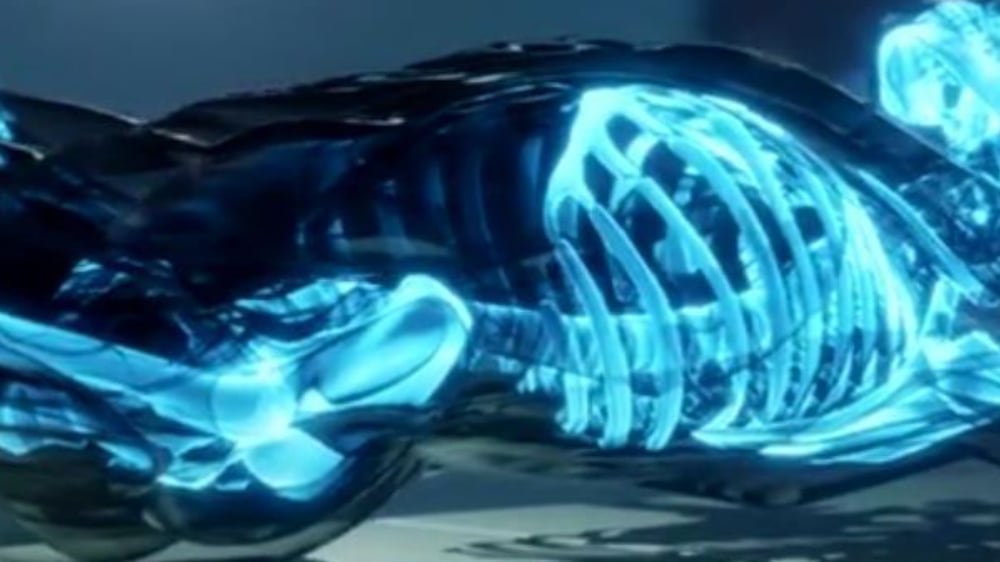Emirati Dr Nayef Al Janaahi is the only forensic radiologist in the UAE. In fact, he is one of only a handful around the world.
He is also the only person in the country qualified to conduct a new kind of autopsy called post mortem imaging.
The procedure takes about 15 minutes and can determine the cause of death of a person without a scalpel.
Dr Al Janaahi helped to set up the department at the Baniyas Central Mortuary in 2020 and has so far scanned more than 1,000 bodies.
“This isn’t a replacement for traditional autopsies, but a much-needed addition,” he says.
“The forensic physician does an external examination, but adding virtual autopsies enables you to visualise the internal organs without interfering with the body and gives you a more accurate cause of death,” he said.
The body of every Abu Dhabi resident whose death has not occurred in hospital goes to the central morgue.
After an external examination, Dr Al Janaahi scans the body using a CT scanner that shows the internal organs and tissues of the body.
The images help him identify possible causes of death and an initial report is issued.
Previously, external examinations may have had to limit causes of death to “injuries sustained” owing to a lack of information. Now, with post mortem imaging, Dr Al Janaahi is able to add more details. For example, after accidents he can give details of the force of the impact and where and when it occurred.
“This technology has helped improve our findings,” he says.
Virtual autopsies also help identify victims in mass disasters where many people are killed, such as in a plane crash.
In road traffic accidents, they can sometimes identify where the passengers were seated at the time of impact.
“We play a key role in helping to identify victims in mass fatalities which would speed up the process of disaster victim identification as per Interpol protocols,” says Dr Al Janaahi.
In cases where a child has died, imaging techniques are necessary before an autopsy to exclude signs of child abuse, such as fractures.
“Virtual autopsy has high sensitivity in detecting fractures and can help in determining and analysing these fractures to give possible scenarios of the pattern and mechanism of injury and its contribution to the death,” says Dr Al Janaahi.
The UAE is among a group of countries that have adopted the virtual autopsy technique, along with the US, UK, Canada, Germany, Australia and Japan.
Although the technique has made a great impact in forensic medicine death investigation, it has its limitations, such as when the cause of death is drug abuse.
When the cause of death is suspicious, further investigations are needed, such as a traditional autopsy along with toxicology and histology, says Dr Al Janaahi.
The technology was first introduced in the UAE at the beginning of the pandemic and has helped curb infection rates by keeping doctors at a safe distance from the bodies of victims.
“Virtual autopsy has modernised the medical investigation of bodies while ensuring the health and safety of medical staff and contacts of the deceased, while maintaining respect and privacy towards the bodies of deceased individuals,” says Dr Al Janaahi.






